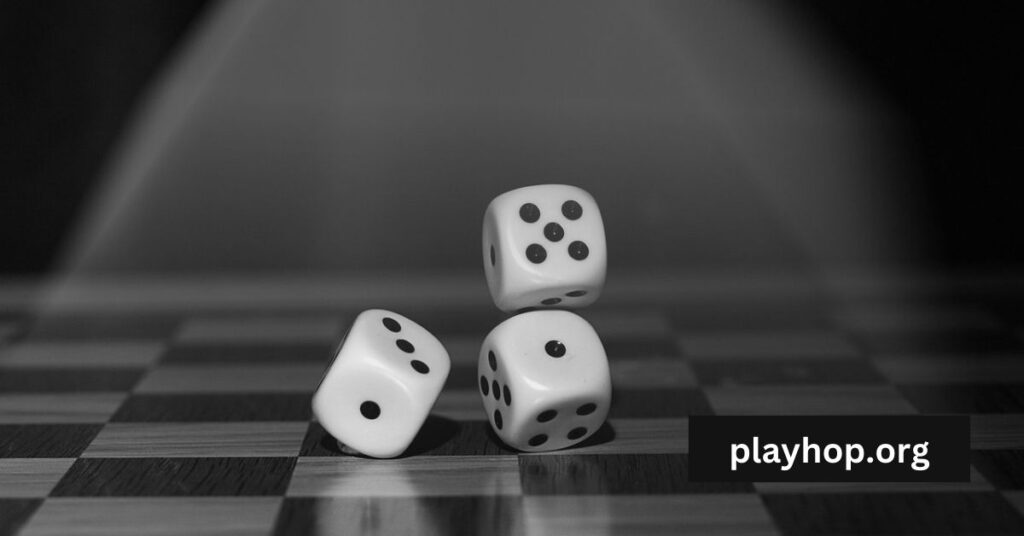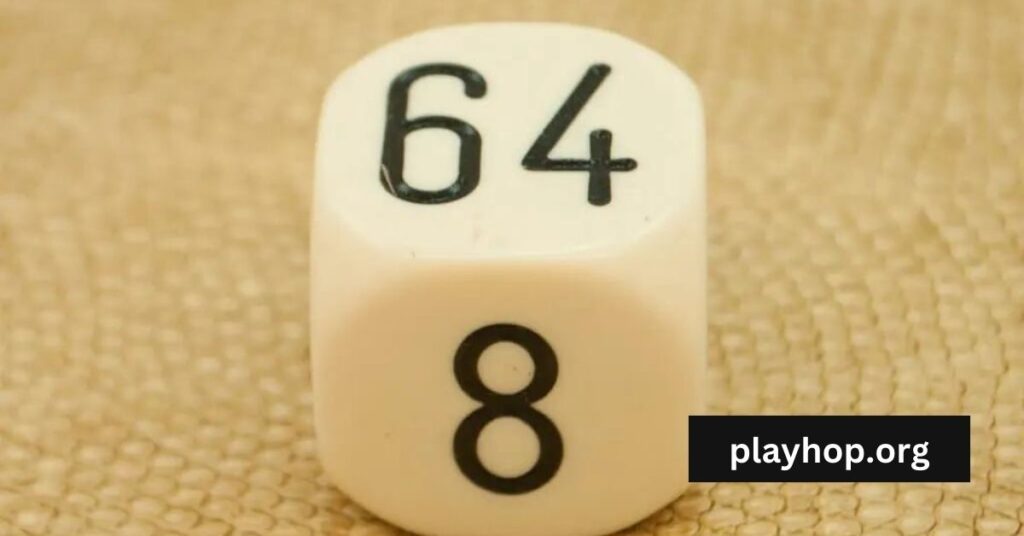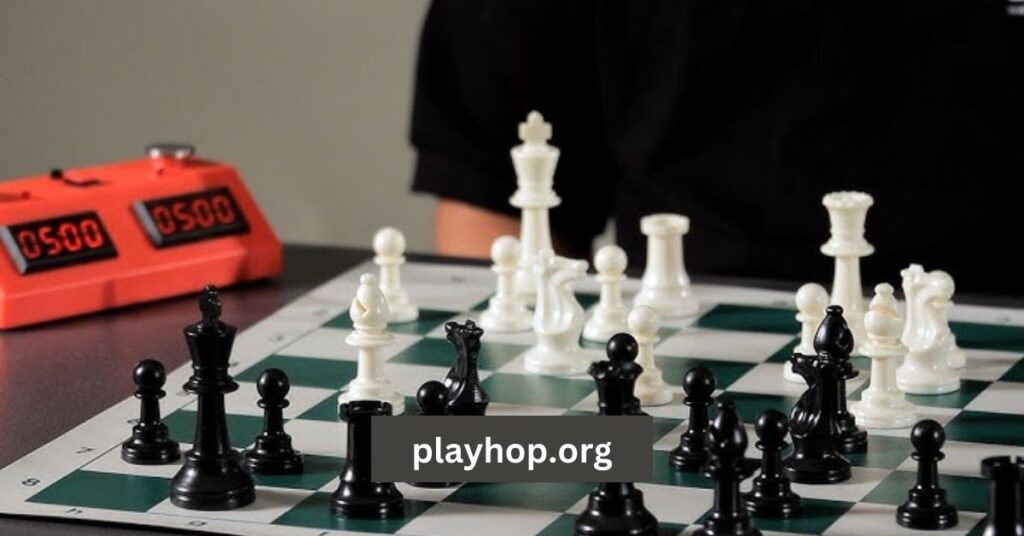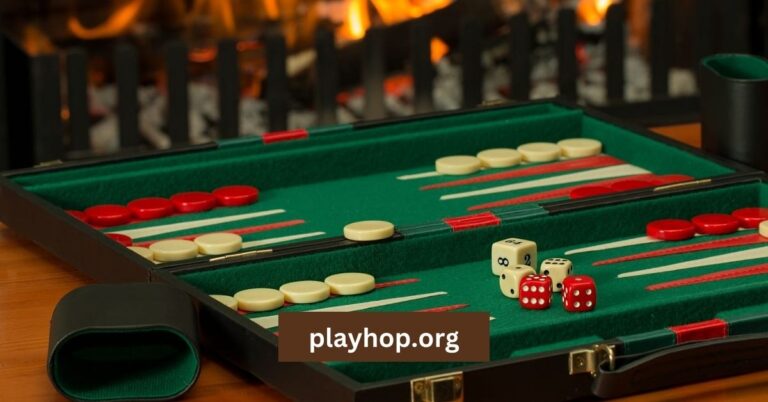Backgammon stands as one of the oldest known board games, captivating players with its blend of strategy, chance, and skill. The game’s rich history dates back thousands of years, originating in ancient civilizations and evolving into the beloved pastime we know today. Setting up a backgammon game correctly is essential for an enjoyable experience, ensuring that players can fully immerse themselves in the competition. Each player must navigate the board, moving their checkers with a mix of tactical planning and luck as they roll the dice. Understanding the initial setup is the first step toward mastering the game, allowing players to focus on strategy rather than confusion. In this guide, we will walk you through the simple steps required to set up your backgammon board, so you can dive right into this engaging game with friends or family and appreciate the challenge it offers.
Materials Needed
When preparing to set up a backgammon game, having the right materials is essential to ensure a smooth and enjoyable experience. The main components needed for a backgammon game include the following:
Backgammon Board
The backgammon board consists of 24 narrow triangles called points, arranged in four quadrants. Each player has a home board and an outer board, separated by a bar. The board usually features two contrasting colors, which help distinguish the opposing players’ checkers.
Checkers
Backgammon uses a total of 30 checkers, with each player having 15 checkers of their color. One player uses dark checkers, while the other uses light checkers. These pieces are moved around the board based on the rolls of the dice, and they can be stacked on points.
Dice

Two six-sided dice are used to determine how many spaces checkers can move. Each die shows a number from one to six, and players use the rolled numbers to advance their checkers around the board.
Doubling Cube
The doubling cube is a special die marked with the numbers 2, 4, 8, 16, 32, and 64. This cube is used to raise the stakes of the game during play. Players can propose to double the stakes, and the opponent must accept or forfeit the game.
Having these materials ready allows players to focus on strategy and enjoy the game without interruptions.
Game Setup
Setting up a backgammon game requires careful attention to ensure both players are ready to enjoy this timeless classic. Begin by positioning the board flat on a surface with each player sitting on opposite sides. The board has 24 narrow triangles, called points, divided into four quadrants. Each player will occupy a home board and an outer board.
Next, arrange the checkers on the board. Each player starts with 15 checkers in their chosen color, typically one player uses light checkers and the other uses dark. Place the checkers in the following configuration:
- On the player’s 1-point (the farthest point in their home board), place two checkers.
- On the 12-point, place one checker.
- On the 17-point, place three checkers.
- On the 24-point (the farthest point from the player), place five checkers.
Each player should have their checkers set up in a mirror image of the other, ensuring a balanced start. The bar in the middle of the board serves as a space for captured checkers, so it remains empty at the start of the game.
Understanding the setup allows players to visualize their strategy right from the beginning. Once the board is set, players are ready to determine who goes first by rolling the dice, leading into an exciting game filled with strategic moves and clever tactics.
Understanding the Board Layout
Backgammon features a distinct board layout that is crucial for gameplay. The board consists of 24 narrow triangles, called points, which are arranged in four quadrants. Each player has a home board and an outer board. The home board is the quadrant closest to the player, while the outer board is the opposite quadrant.
The points are numbered from 1 to 24 for each player, starting from their home board. The 1-point is the furthest point within the home board, while the 24-point is located in the opponent’s home board. This numbering is essential for determining movement during the game.
Each player has 15 checkers of their color, typically white or black. At the beginning of the game, checkers are placed in a specific starting position: 2 checkers on the 24-point, 5 on the 13-point, 3 on the 8-point, and 5 on the 6-point. This arrangement sets the stage for strategic movement throughout the game.
The board also features a bar running down the center, separating the home and outer boards. The bar is significant for gameplay, as it serves as a barrier for hitting opponents’ blots and returning pieces to the board.
Understanding the layout is essential for effective gameplay. Players need to recognize how the points relate to one another and strategize their moves accordingly. This knowledge allows for better planning and tactical decisions as the game progresses, making it a key aspect of mastering backgammon.
Starting the Game
Determining Who Goes First
To begin the game, players need to decide who will take the first turn. This is typically done by each player rolling one die. The player with the higher number starts the game. If both players roll the same number, they should roll again until there is a clear winner.
Rolling the Dice
Once the starting player is determined, they roll both dice to make their first move. The numbers rolled indicate how many points the player can move their checkers. For example, if a player rolls a three and a five, they can choose to move one checker three spaces and another checker five spaces or move a single checker a total of eight spaces by combining the two rolls.
Using the Doubling Cube

The doubling cube is an important aspect of backgammon strategy. Before the game starts, players may agree to use the doubling cube, which has the numbers 2, 4, 8, 16, 32, and 64. The player who goes first has the option to propose doubling the stakes of the game after their first roll. If the opponent accepts, they take the doubling cube and the game continues with the new stakes. If they decline, they forfeit the game at the original stakes.
Moving Checkers
Players take turns rolling the dice and moving their checkers according to the rolled numbers. They can move checkers from their outer board to their home board, always moving in a clockwise direction. Players should remember that they can only land on open points, which are points that are either unoccupied, occupied by their own checkers, or occupied by a single opponent’s checker, allowing them to hit that checker.
Basic Rules for Movement
In backgammon, movement of checkers is determined by the roll of two six-sided dice. Each player rolls the dice to determine how many points they can move their checkers during their turn. The following are key aspects of moving checkers:
Rolling the Dice: At the start of each turn, the player rolls both dice. The numbers shown on the dice represent how many points the player can move their checkers. For example, if a player rolls a three and a five, they can move one checker three spaces and another checker five spaces, or they can move one checker a total of eight spaces, using both dice.
Moving Checkers: Players can only move their checkers to an open point. An open point is one that is either unoccupied, occupied by the player’s own checkers, or occupied by a single opponent’s checker (known as a blot). If a player lands on a blot, they can hit it, sending the opponent’s checker to the bar.
Moving the Doubling Cube: The doubling cube is used to increase the stakes of the game. A player can propose doubling the stakes before rolling the dice. If the opponent accepts, they take the cube and the game continues with the new stakes.
Legal Moves: If a player rolls doubles (for example, two fours), they can move a total of four times, each move being the number shown on the dice. For instance, with double fours, a player can move four checkers four spaces each or one checker up to sixteen spaces.

Moving to the Home Board: As players advance their checkers, they aim to move them into their home board, the last six points on their side of the board. Once all checkers are in the home board, players can begin bearing off, which means removing checkers from the board.
Bearing Off: Once a player has all their checkers in their home board, they can start bearing off. Players bear off by rolling a number that corresponds to the point where a checker resides. For example, if a player rolls a five, they can remove a checker from the fifth point. If a player cannot bear off, they must move checkers according to the dice rolled.
Conclusion
In conclusion, mastering the setup and basic movement rules of backgammon is essential for an enjoyable gaming experience. Understanding how to maneuver checkers strategically while adhering to the game’s rules enhances gameplay and fosters friendly competition. Whether you are a novice or a seasoned player, practicing these principles will deepen your appreciation for backgammon’s intricacies. Gather your friends, set up the board, and embark on an exciting journey of strategy and skill.
FAQ’s
What materials do I need to set up a backgammon game?
You will need a backgammon board, 15 checkers for each player (usually one color for each), two six-sided dice, and a doubling cube.
How do I position the backgammon board?
The board should be placed so that each player has their home board on their side. The bar should be in the center, dividing the board.
Where should the checkers be arranged at the start?
Each player sets up their checkers with two on the 24-point, five on the 13-point, three on the 8-point, and five on the 6-point.
How do players determine who goes first?
Both players roll one die, and the player with the higher number goes first. If there is a tie, the players roll again.
What does an open point mean?
An open point is either unoccupied, occupied by your own checkers, or occupied by a single opponent’s checker (blot) that can be hit.
What happens if I roll doubles?
If you roll doubles, you get to move a total of four times, using the number shown on the dice for each move.
Can I move checkers off the board before all are in my home board?
No, you must have all your checkers in your home board before you can start bearing off.
What is the purpose of the doubling cube?
The doubling cube allows players to increase the stakes of the game. A player can propose a double before their turn, and the opponent must accept or forfeit.
What do I do if I can’t make a legal move?
If you cannot make a legal move based on your dice roll, your turn ends, and the opponent takes their turn.
How do I start bearing off my checkers?
Once all your checkers are in your home board, you can bear off by rolling a number that corresponds to a checker’s position on the board.

